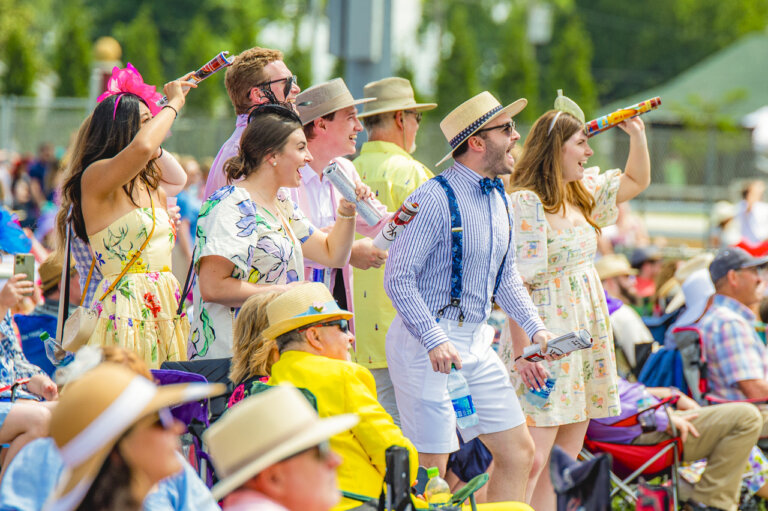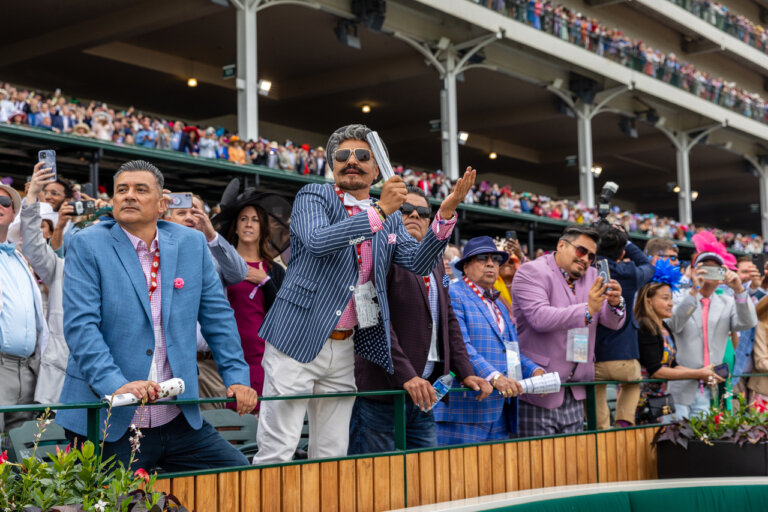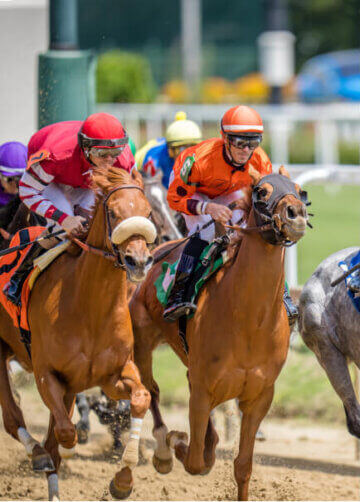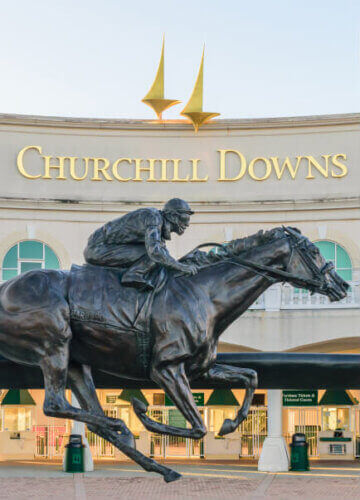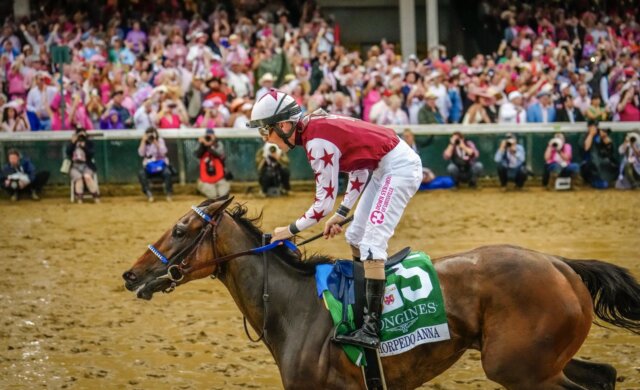Derby Tickets & Hospitality
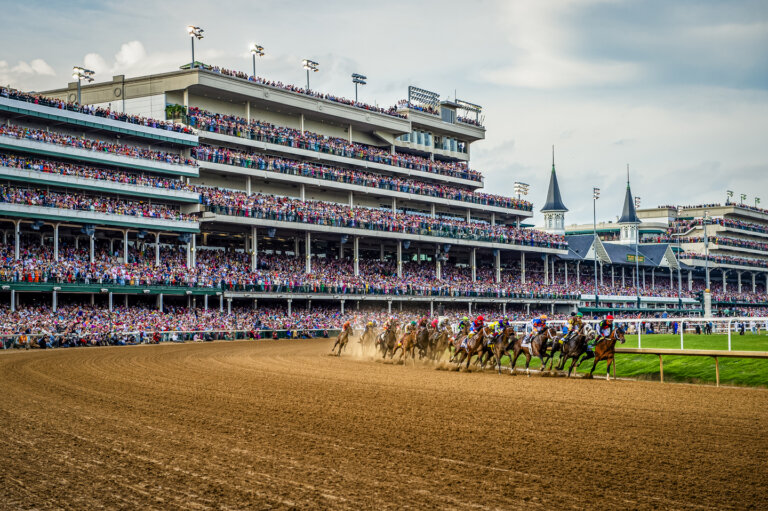
PLAN YOUR DERBY
Whether you are in the stands, at a party or at home, plan accordingly to enjoy the Run for the Roses on the first Saturday in May.
Churchill Downs App
The new and improved Churchill Downs app has everything you need to enjoy your day at the races. Both Android and iOS apps are now available!
DOWNLOAD NOW
151st KENTUCKY DERBY
- Kentucky Derby Horses
- News for the Kentucky Derby
- Kentucky Derby Day Event Information
- Kentucky Derby Live Odds
- Kentucky Derby Living Traditions
- LIVE Morning Works Show (Coming Soon)
- Ideas for a Kentucky Derby Party
- Watch the Kentucky Derby at Home
- Recipes for Kentucky Derby Party
- Kentucky Derby Party Game Ideas
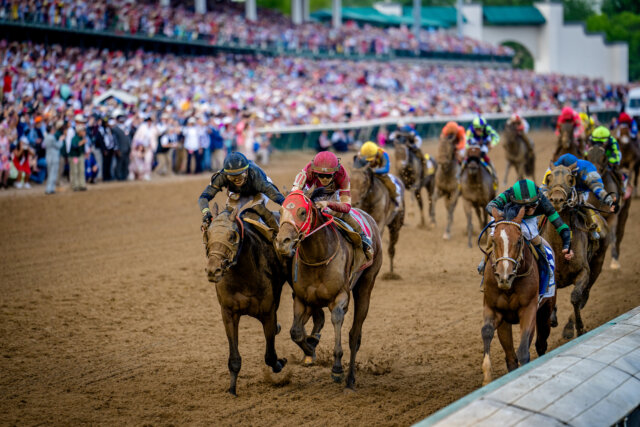
The Official Kentucky Derby Collection
Shop the latest Kentucky Derby fashions, collectibles and more!
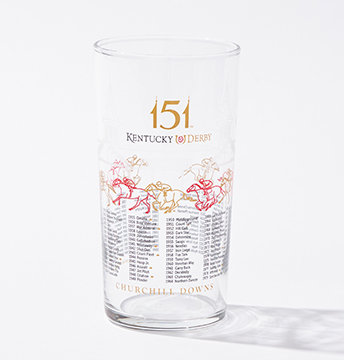
Inside the Kentucky Derby
Hear all of the news on prep races, contenders, wagering, history and more on Inside the Kentucky Derby.

Bet the Derby with TwinSpires
Create a new account using an exclusive Risk Free promo code and make your first bet risk free!

FOLLOW FOR UPDATES AND EXCLUSIVES
Missed something? Catch up on past Kentucky Derby news
Premium Concierge Experience
ENJOY EXCLUSIVE PERKS WITH OUR PREMIUM CONCIERGE SEATS AVAILABLE NOW!
For Premium tickets, give us a call at 5026364447

Calling All Derby Enthusiasts to Post
The Road to the 151st Kentucky Derby is underway! Submit your email and receive newsletters for all things Kentucky Derby directly to your inbox.

Kentucky Derby Seating Experiences
There are several ways to experience the running of the Kentucky Derby.
For Premium tickets, you can give us a call at 502-636-4447 or click on the button below to get connected to one of our team members.






